Best MTB bottom brackets – a crucial component for efficient pedaling
Few mountain bike components work harder than your bottom bracket. Here is our choice of the best MTB bottom brackets
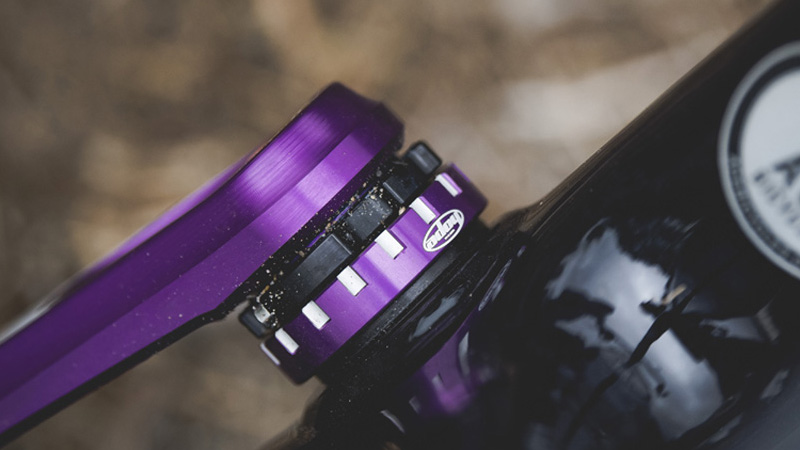
Bottom brackets have a hard life, with a constant barrage of uneven high loads on bearings and dirt trying to break through seals. While the best MTB bottom brackets will be able to endure years of use and abuse, poor-quality bottom brackets can become a grinding mess surprisingly quickly.
You can have the best MTB groupset around but if your cranks aren't spinning smoothly you won't be going anywhere quickly. Buying the right bottom bracket can be a confusing process. Not only must it be compatible with your frame bottom bracket shell and spacing, but it must also be compatible with your crankset. Don't worry though, we will cover all that at the bottom.
Our experts have compiled this handy guide to the best MTB bottom brackets, covering all frame and crank options. It's not cheap, but Chris King's ThreadFit comes out as our overall top pick, while the Race Face Cinch is our best budget buy.
Keep reading for our complete list of bottom brackets, or if you need more help skip to the end for our advice on how to choose the best MTB bottom brackets.
Best MTB bottom brackets
Why trust BikePerfect
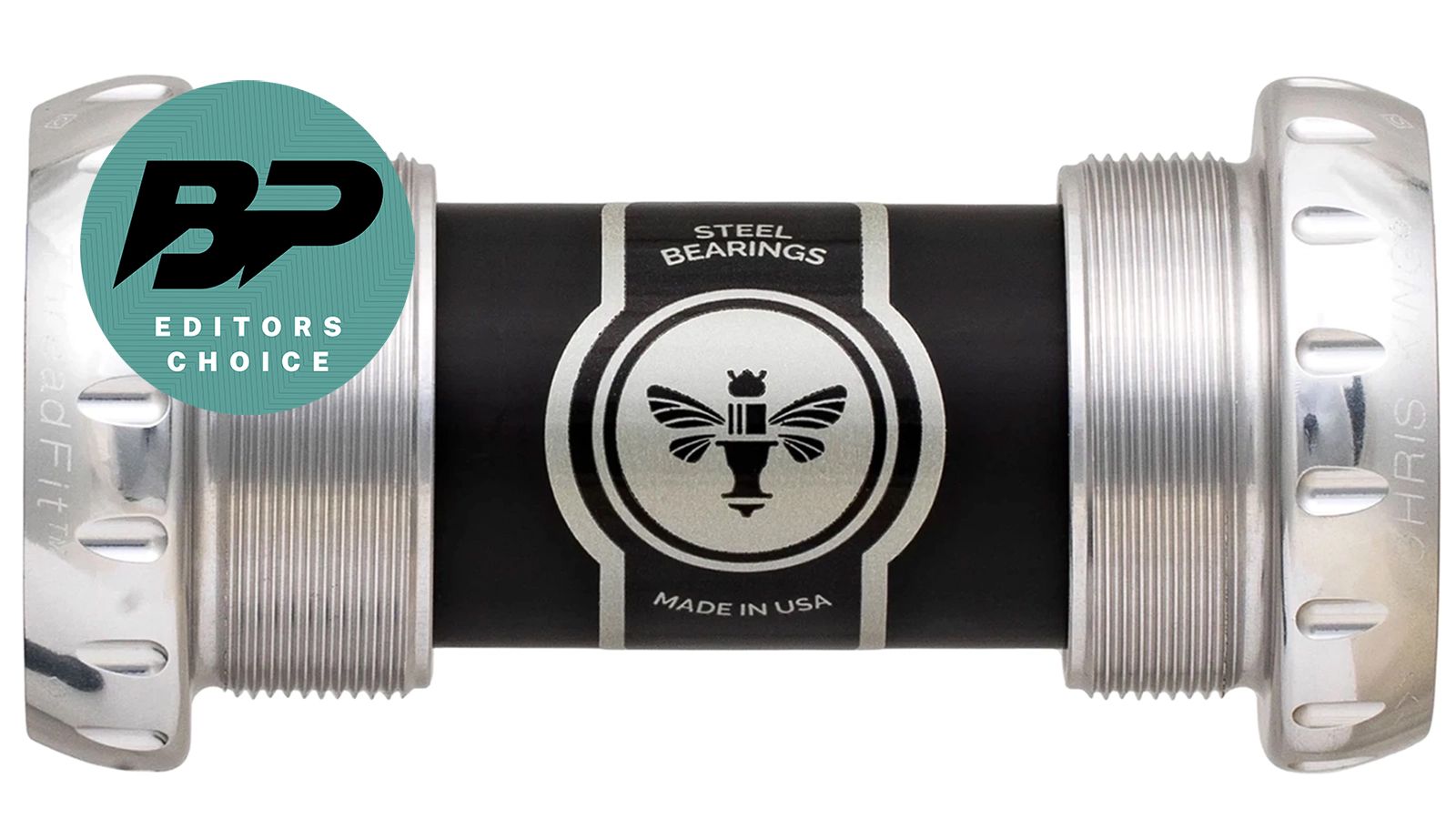
Chris King ThreadFit
Specifications
Reasons to buy
Reasons to avoid
The former frame builder has been a pioneer in producing some of the very best hubs and headsets imaginable since 1976. Chris King’s bottom brackets are of the same caliber. Although they aren’t cheap, the cost of your investment will return many miles of smooth pedaling, as these bottom brackets tend to outlast most frames they are built into.
The secret of Chris King’s low friction performance and impressive durability is exceptionally tight tolerances, due to the labor-intensive manufacturing process involved with its bottom brackets. This means that the bottom bracket will fit precisely between your frame and crank arms, leading to a more efficient ride.
Unlike many rivals, Chris King fabricates its own bearings and packages the cartridges in-house, at its Portland factory, to ensure unsurpassed quality.
There are nine color options available, and all bottom brackets are backed by the brand's King Lifetime Warranty. This bottom bracket is available with ceramic bearings, too, but that option is twice the price of the standard stainless steel.
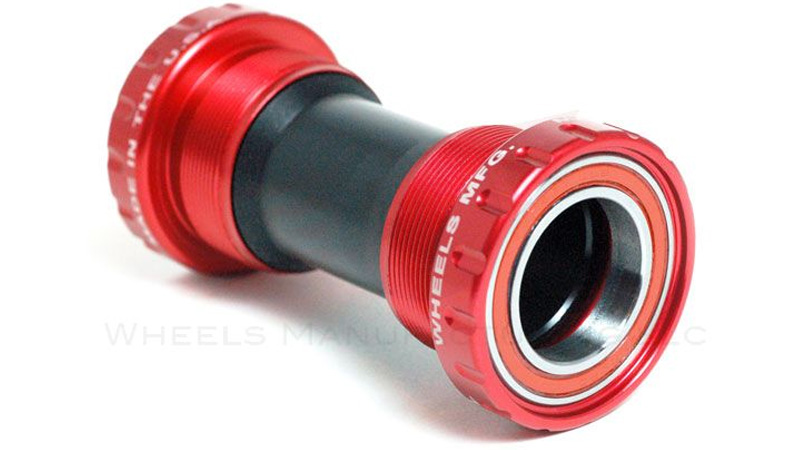
Wheels Manufacturing threaded angular contact
Specifications
Reasons to buy
Reasons to avoid
If you are the kind of rider who does not avoid mud or hundreds of miles cranking along in choking dust, this is the bottom bracket for you.
Differentiating the Wheels Manufacturing bottom brackets from most others are their bearings, which are all Enduro standard. Environmental sealing is exceptional too, with Enduro silicone dust seals to protect your bottom bracket’s moving bits from contaminant ingress.
The use of angular contact bearings also decreases load wear and Wheels Manufacturing goes to substantial lengths to shape them as perfectly as possible. The individual bearings are made from military-grade chromium steel and shaped to a roundness standard of 5/1,000,000.
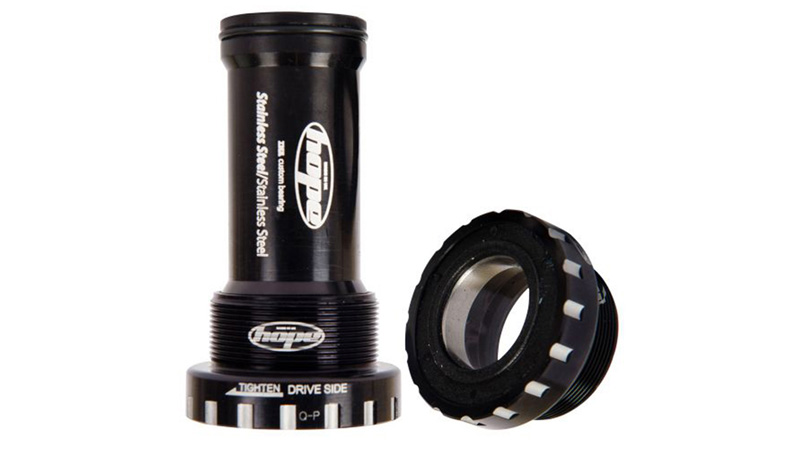
Hope Threaded Bottom Bracket
Specifications
Reasons to buy
Reasons to avoid
The British brand’s bottom brackets have a deserved reputation for foul weather riding durability.
With Hope’s design, prototyping, and manufacturing all being proudly located in Barnoldswick, muddy English riding conditions have shaped engineering priorities with all of the company’s components.
The stainless steel bearings are specific to Hope’s exact specifications and they are double-sealed. A non-contact labyrinth seal protects the bearings externally, whilst internal sealing is provided by O-rings.
Beyond this comprehensive double-seal structure, Hope’s bottom brackets also have direct contact with the crankset’s axle, which negates the presence of shims or spacers, further reducing complexity and potential maintenance issues.
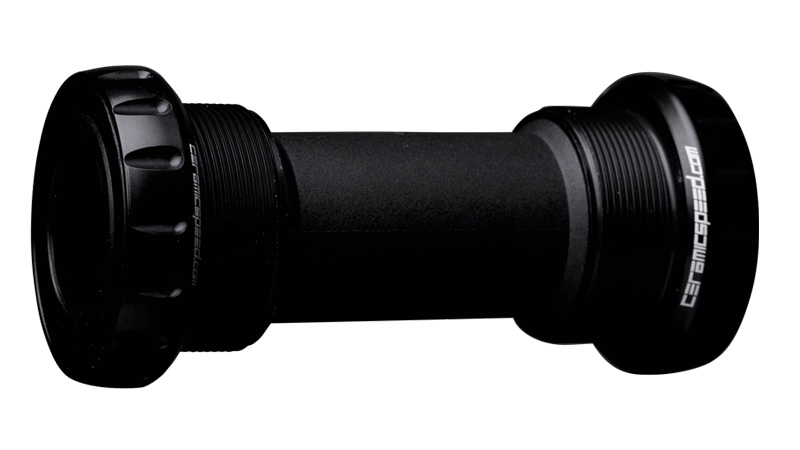
CeramicSpeed MTB Bottom Bracket
Specifications
Reasons to buy
Reasons to avoid
If you desire to sacrifice the least wastage of energy and get the most mileage out of your bottom bracket, CeramicSpeed has what you need.
By using ceramic bearings and custom steel races, the Danish brand claims to reduce drag by 50 percent compared to a conventional bottom bracket design. Less drag means more efficient power transfer and a greater gain of performance per pedal stroke.
The efficiency gains are only part of CeramicSpeed’s product appeal. Ceramic bearings also manage to be 60 percent longer lasting, although they are certainly not cheaper than steel. A significant investment is required to buy into CeramicSpeed’s design, but they can be found at a discount online. If you compound the efficiency gains and longevity, this is the bottom bracket to have for mountain bikers who are going to be tallying huge cross-country and climbing mileages.
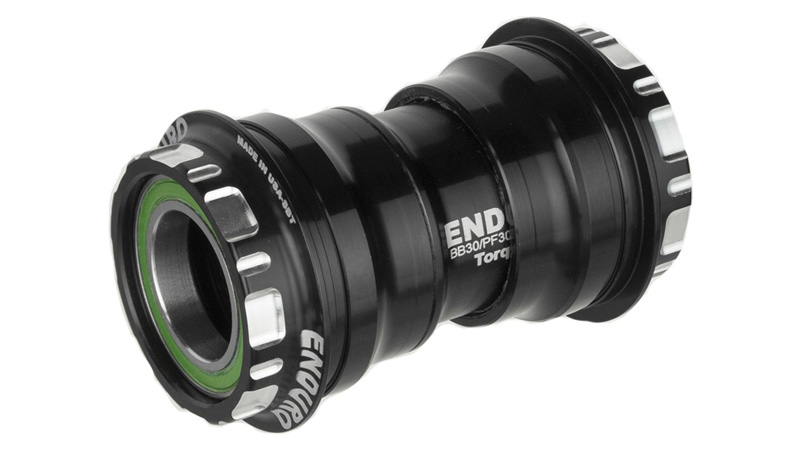
Enduro BB86/92 TorqTite
Specifications
Reasons to buy
Reasons to avoid
We’ve mentioned the benefit of running superior bearings in your bottom bracket, and most of those upgrade kits are supplied by Enduro. Since 1996, this company has been the supplier of choice for many mountain bikers. As such, you’d expect them to build a pretty decent bottom bracket of their own and the TorqTite is exactly that.
This cleverly engineered bottom bracket combines the creak-free fit of a threaded bottom bracket and makes that attribute applicable to frames with a press-fit bottom bracket shell.
Enduro makes its own bearings in Oakland, California, and claims superior tolerances due to the skill of its machinists. Its bearings are also fabricated from nitrogen-infused steel which has better longevity than stainless steel. With a TorqTite bottom bracket, you can have a creak-free fit in a press-fit frame.
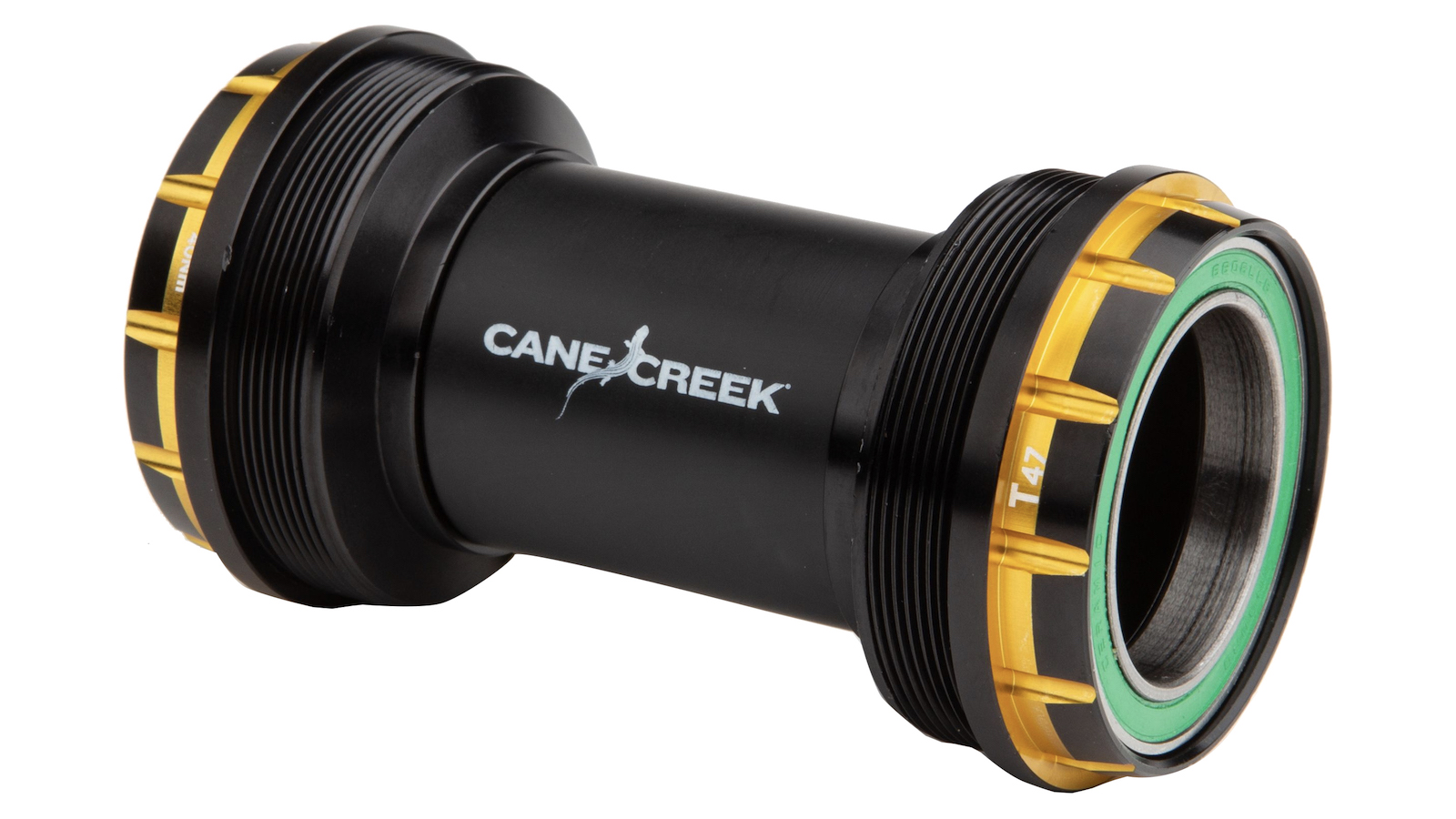
Cane Creek Hellbender 110
Specifications
Reasons to buy
Reasons to avoid
Cane Creek's Hellbender 110 bottom bracket is manufactured at the brand's facility in North Carolina. It uses Enduro's ceramic XD-15 bearings, which feature nitrogen-infused stainless steel races and silicone nitride ceramic balls for a buttery smooth ride that'll stand up to the elements.
The Hellbender 110 is available in BSA, BB30, PF30, and T47 variants. The BSA threaded version is just 80g, while the T47 is 132g. At $299.99, this is certainly a pricey option, but it will be a quality product that will last a long time.
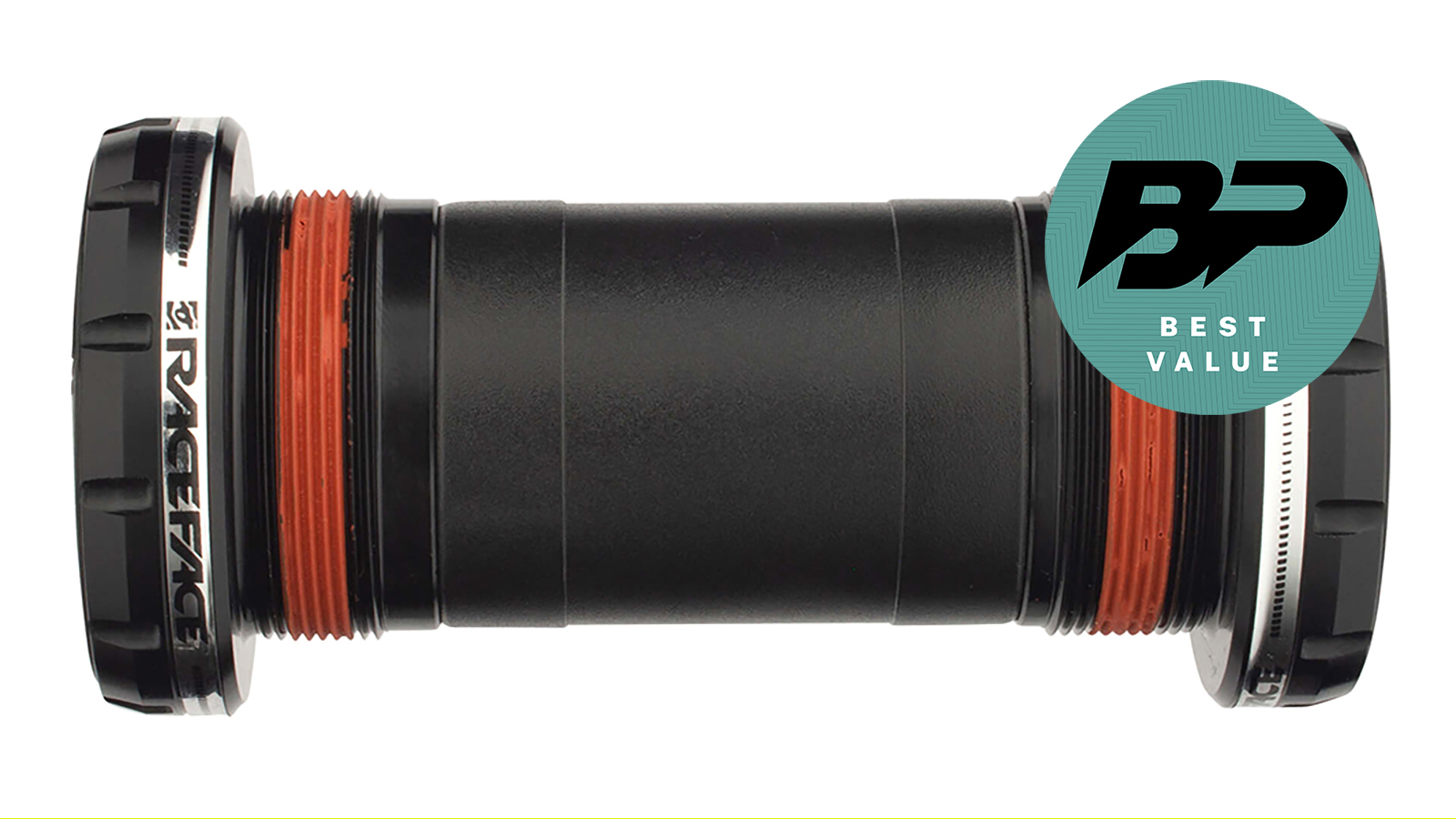
Race Face Cinch
Specifications
Reasons to buy
Reasons to avoid
If you're like most riders, you won't want to spend hundreds of dollars on a fancy bottom bracket. Here are some budget-minded options that will leave money left over for upgrading your drivetrain or buying new riding kit.
To start, Race Face's Cinch line of bottom brackets are available in a range of different standards and sizes. This threaded BSA version weighs 87g and costs just a hair under $60.
Race Face bottom brackets use 6806 retainer bearings that are packed with waterproof grease and wiper seals so you can keep spinning along smoothly while keeping dust and mud on the outside of your bike instead of on the inside.
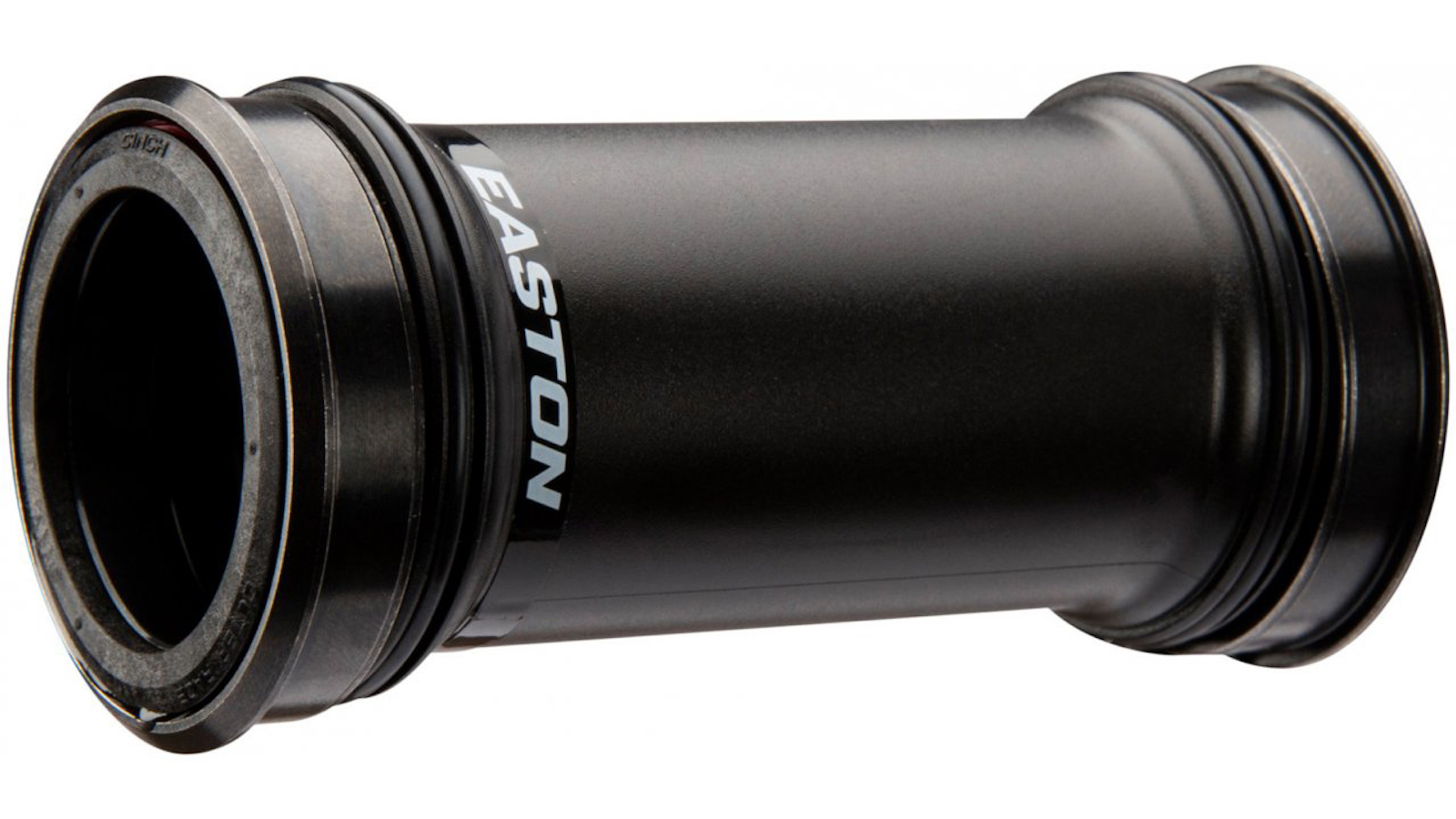
Easton 386 Evo
Specifications
Reasons to buy
Reasons to avoid
For Easton's new 386 Evo bottom bracket, the brand subjected it to a 24-hour water invasion test. The test proved that the bottom bracket can perform well even in the worst wet weather conditions.
The company also rethought the grease it uses to pack the bottom bracket's stainless steel bearings. Easton found that using a thinner grease applied at the correct level is more durable than using a thicker grease. This offers better performance and protection when spinning at speed.
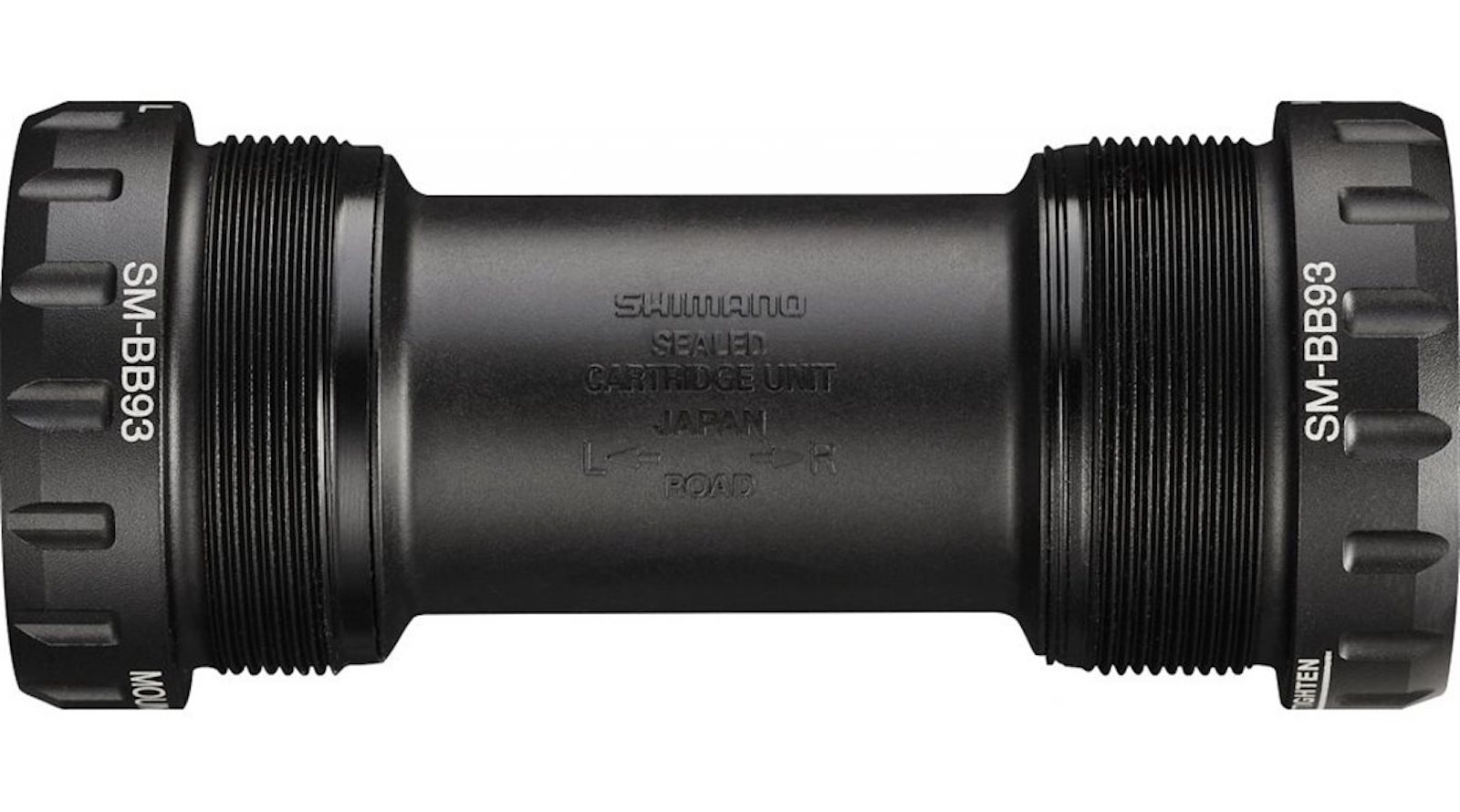
Shimano XTR
Specifications
Reasons to buy
Reasons to avoid
Shimano's XTR groupset is one of the best MTB groupos available, so the XTR bottom bracket will provide similar quality and reliability. This bottom bracket uses the threaded, English standard. At 89g, the brand claims that the newest XTR bottom bracket is 19 grams lighter than the previous version. Shimano says that the seals have been improved on too, so dirt and mud stay out. Another benefit of buying Shimano is it should be widely available at bike shops in case you need to buy a new one or need service done to it.
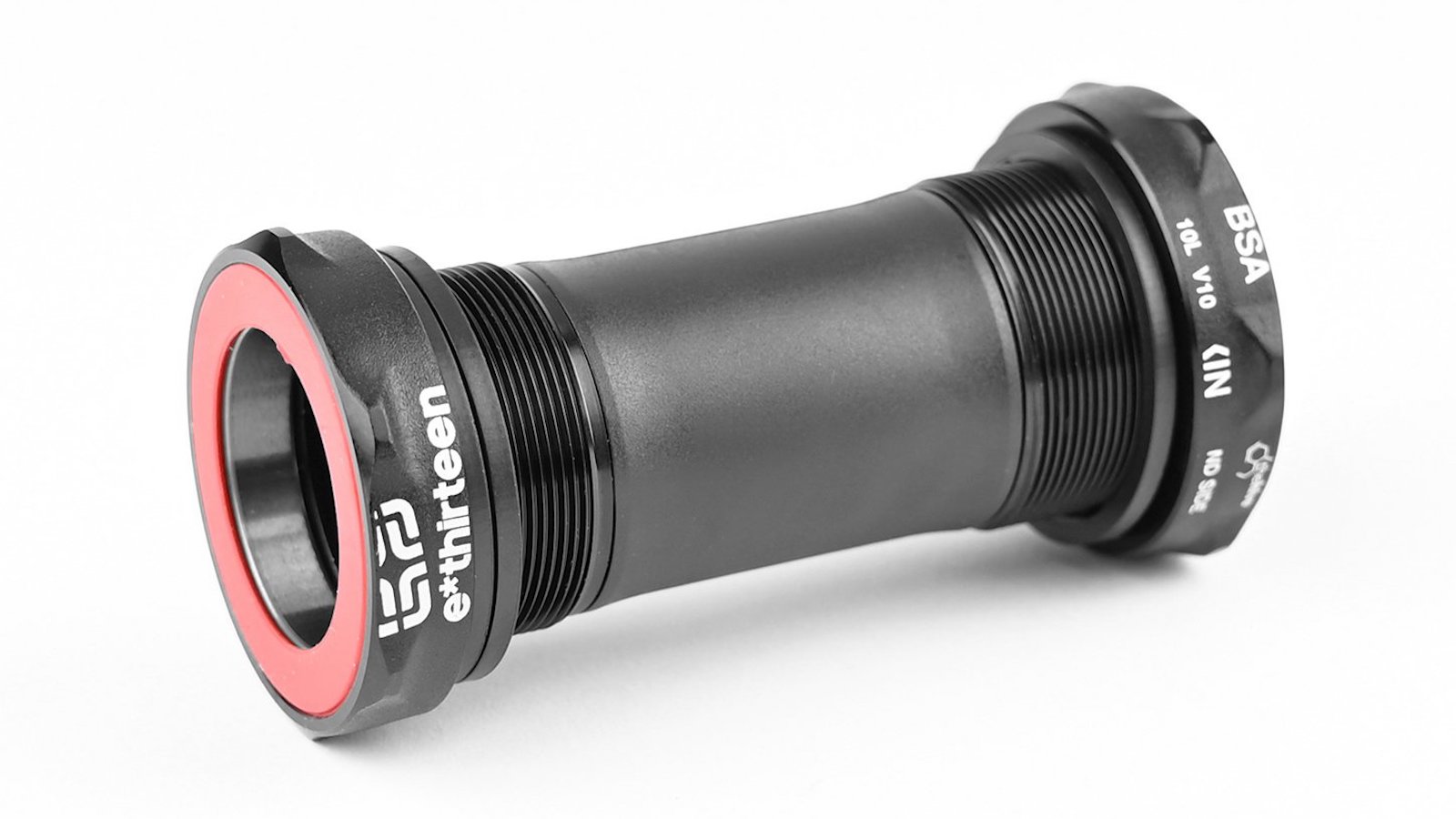
E*Thirteen Threaded
Specifications
Reasons to buy
Reasons to avoid
E*Thirteen's threaded bottom bracket offers excellent compatibility across a variety of bike types for a budget price. It will work with BSA or T47-type bottom bracket shells and uses custom bearings combined with high-performance seals. This bottom bracket is available for cranks with 30mm or 24mm spindles and for frames with 68mm, 73mm, 83mm, and 100mm threaded bottom bracket shells. There is also an option to buy a bottom bracket for road/gravel frames with 68mm BSA shells.
How to choose the best MTB bottom brackets
Does a good bottom bracket make a difference?
Bottom brackets play a very simple role on the bike as their only job is to allow the cranks to spin easily. Like any other bearing system on a bike, the faster and smoother it can spin the better. Having a bottom bracket that allows the cranks to spin very freely will have a direct effect on performance, especially on rides that involve long distances and a lot of pedaling. The actual gains are generally quite small and, while investing in ceramic bearings will offer an advantage, it could be argued that the premium for this tech could be better invested in other components.
Investing in your bottom bracket should offer better weather sealing too which is arguably more important, especially for riders who experience very dusty or muddy conditions. Better sealing will keep contaminates out and keep your cranks spinning smoother for longer.
Which type of bottom bracket is best?
There are an exhaustive array of mountain bike bottom bracket standards and specifications. Perhaps the most elementary – and important – classification is whether your mountain bike frame runs a press fit or threaded bottom bracket.
As the name suggests, threaded bottom brackets literally have threads that screw into matching threads in the bottom bracket shell. On the other hand, press-fit bottom brackets are "pressed" into the bottom bracket shell.
Threaded bottom brackets are the more traditional and robust configuration, ideally suited to mountain bikes and retain a legion of supporters who value durability.
The press-fit bottom bracket is easier to manufacture, as it can be machine pressed and offers frame designers the ability to meet lightweight specification requirements. For riders who want a narrow q-factor (lateral crank arm spacing), press-fit bottom brackets make a difference.
Unlike a threaded bottom bracket, there is no requirement for an aluminum insert to secure the press-fit system. Therefore, a press-fit bottom bracket frame can be lighter than one of the same dimensions and tubing profile with a threaded bottom bracket – which requires an aluminum insert.
It should be noted that the weight difference is marginal and comes with a probable irritation as press bottom brackets can creak if they aren't fitted correctly. This is caused by environmental contaminant ingress, and the annoyance of play developing over time, as the bottom bracket is not screwed into a securing thread. The press-fit bottom bracket works a treat on carbon road bikes, but for the more challenging contaminant environment frequented by mountain bikers, it has its detractors.
Crankset compatibility
Beyond frame compatibilities, you will also need to consider compatibility with your crankset as different brands use different axle standards. The most common ones are from the two big drivetrain players, Shimano and SRAM. Shimano uses a 24mm axle whereas SRAM has two standards, the stepped 24/22mm GXP and the newer 29mm DUB axle. There is also a 30mm BB30 (threaded) or PF30 (press-fit) standard which many manufacturers use. There are others so it's worth double-checking the compatibility of a bottom bracket with your crankset manufacturer before purchasing.
How often should bottom brackets be replaced?
If you are descending a technical trail in the attack position or pedaling out of the seat on a steep climb, all your weight is resting on the bottom bracket’s moving parts. This extra load will increase the stress on the bottom bracket which will eventually lead to it needing to be replaced.
Because the bottom bracket lifespan depends heavily on riding style, the types of trails you ride, and riding conditions, it's very hard to give a reliable estimate on lifespan. That said, we would expect to get at least 1,000km of general trail riding at a bare minimum, and we have bottom brackets that have lasted over 5,000km on cross-country and gravel bikes.
How do I know if I need a new bottom bracket?
If you are unsure about whether you need to replace your bottom bracket, it's very easy to check. Often they will begin clicking or there will be added resistance that stops the cranks from spinning freely.
You can also hold onto both cranks and wiggle them; if there is play (movement between the cranks and frame) then it's time to replace your bottom bracket.
Should I get ceramic or steal bearings
With bearing material, you have steel or ceramic as your choice. Ceramic bearings are more expensive but offer a couple of advantages over steel.
The ceramic material can be shaped to better manufacturing tolerances. Not only does this create the most spherical shape possible, but it also allows a bearing to seat in a cartridge with narrower tolerances which lowers friction.
Ceramic bottom bracket bearings are also less susceptible to structural flex under load than steel. This means that the bearings will retain their shape, even if you are cranking at maximum power up a climb, and therefore provide near-perfect energy transfer when you need it most – instead of friction build-up.
Most bottom bracket bearings are steel, but even here, there is a distinction in the market between stainless and standard steel bearings. You could have a quality steel source material but machining it to a perfectly round shape is what makes for a great bearing.
Ultimately unless you are looking to be as energy efficient as possible, ceramic bearings are unlikely to offer enough of an advantage over steel to justify the extra cost.

Graham Cottingham joined the BikePerfect team as our senior tech writer in 2020. With over 20 years of riding experience, he has dabbled in downhill, enduro, and gravel racing. Not afraid of a challenge, Graham has embraced bikepacking over the last few years and likes nothing more than strapping some bags to his bike and covering big miles to explore Scotland's wildernesses. When he isn’t shredding the gnar in the Tweed Valley, sleeping in bushes, or tinkering with bikes, he is writing tech reviews for BikePerfect.
Rides: Cotic SolarisMax, Stooge MK4, 24 Bicycles Le Toy 3, Surly Steamroller
Height: 177cm
Weight: 71kg
